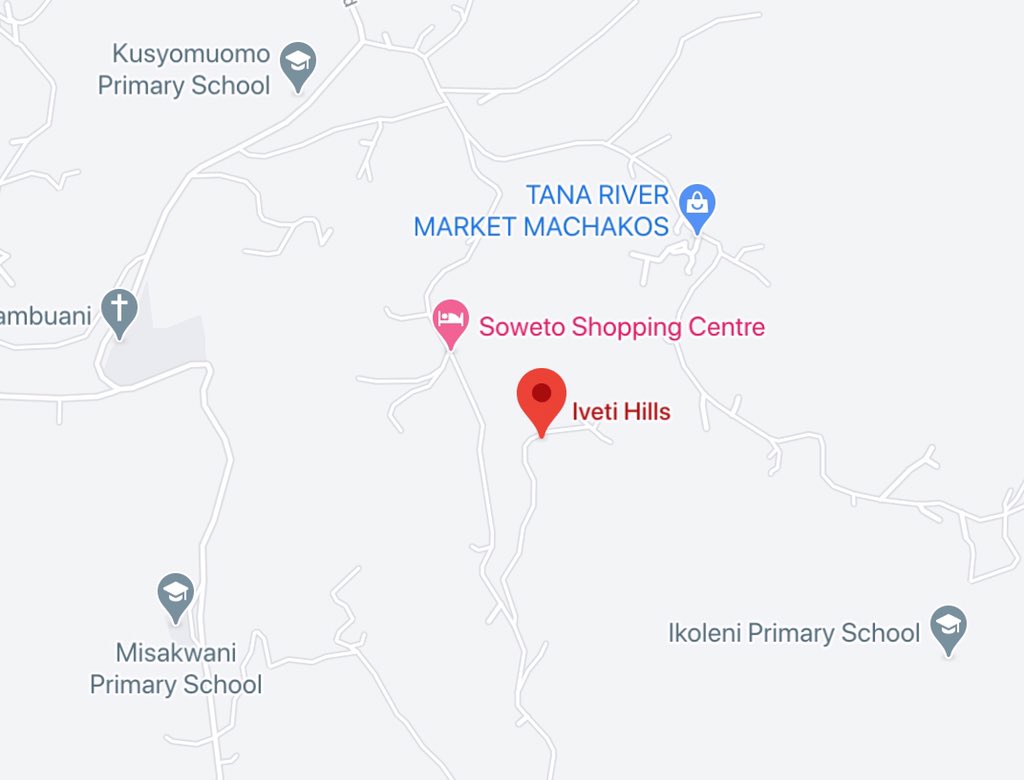#HistoryKeThread: Raid On Fort Machakos 

In 1892, Fort Machakos had an administrator, George C. Leith.
The Kamba didn’t like him one bit.
Leith, a man who loved his whisky, was loathed because he had a habit of grabbing supplies from the Kamba and making no payments for them.
Then he did something that the Kamba considered to be absolutely sacrilegious: he felled an Ithembo tree at the summit of Iveti hills. 

See, the Ithembo was a hallowed tree, a shrine of sorts, that was to the Kamba what the Mûgumo was to their neighbours the Agîkûyû.
The Kamba reacted angrily. A few hundred warriors assembled and attacked Fort Machakos. The few European offices at the Fort scattered the warriors with rifle fire, killing an unknown number of Kamba men.
The attack rattled the Imperial British East Africa Company (IBEAC) who, following a quick probe in the aftermath of the skirmishes, decided that Leith was no longer needed at Fort Machakos.
That same year, John Ainsworth, took over the reins at Fort Machakos.
Here is a photo of a Kamba elder that the photographer, Gerhard Lindblom, referred to as Chief Kitui. I wonder if this is the man who gave Kitui County its name. 

The photo was taken around 1912.
• • •
Missing some Tweet in this thread? You can try to
force a refresh














